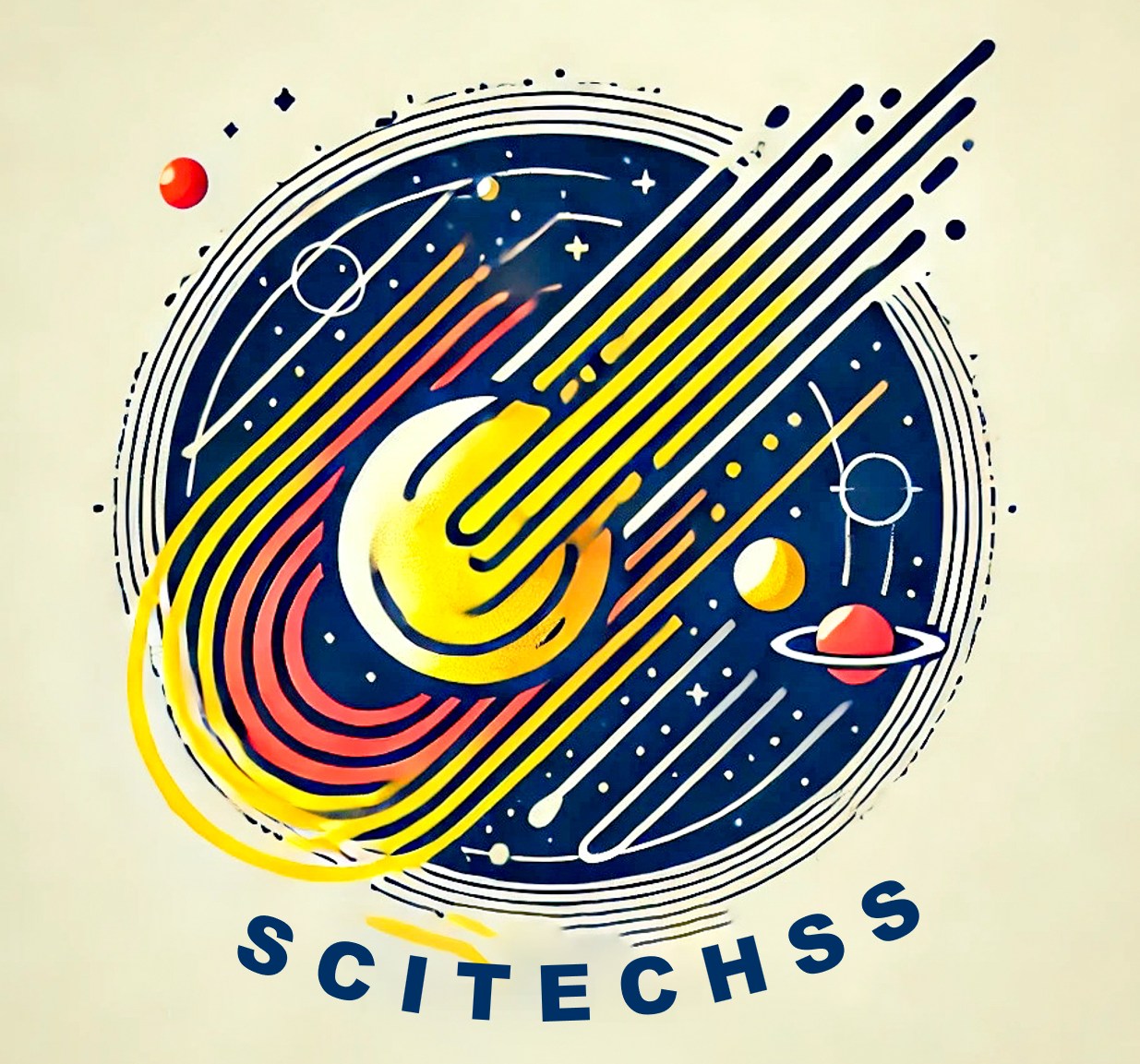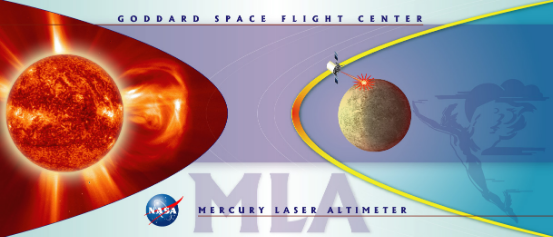Featuring an eccentricity of ~0.21, Mercury’s orbit is the most elliptical among all the planets in the Solar System. During Mercury’s journey around the Sun, the varying gravitational pull periodically stretches and squeezes the planet, leading to observable surface radial tidal deformation (peak-to-peak amplitude of around 0.6 m at the polar regions and 2 m at the equatorial regions). The magnitude of this deformation, quantified by the tidal Love number h2, depends on the deep interior, and constraining its value can shed insights into Mercury’s structural and rheological properties of Mercury, such as the existence of a solid inner core and the softness of its mantle.
Accurate measurements of tidal deformations require precise observations, most commonly acquired by a laser altimeter. A laser altimeter is an instrument that precisely measures the distance from an orbiting spacecraft to the planetary surface by measuring the time-of-travel of an emitted and then reflected laser beam. Given the position and attitude of the spacecraft, the topographic heights of individual laser illuminated footprints can be determined. A video showing how a laser altimeter works is available at https://www.youtube.com/watch?v=7SnWrlj4z6Q.
Bertone et al. (2021, https://doi.org/10.1029/2020je006683) first measured Mercury’s tidal deformation using height differences at intersections of laser ground tracks acquired by the Mercury Laser Altimeter (MLA) onboard NASA’s MESSENGER mission. However, only the lower bound of their measured magnitude is compatible with the theoretical values from interior modelings. However, due to non-infinite sampling of the laser pulses (firing 10 beams per second), the separation distance between consecutive footprints can range from 350 m to 450 m. The Achilles heel of this approach is that the heights at the intersections need to be interpolated from the bracketing footprints along each track. This mandate leads to significant interpolation errors that can severely deteriorate their measurements, especially when the terrain is rough.
In this study, we reprocess the MLA height profiles, and apply an alternative approach, which is based on the co-registration technique, to look into Mercury’s tidal deformation. In principle, we shift the laser profiles in 3D dimensions so that it can fit with a reference topographic model. Taking the metaphor of the Jigsaw Puzzle game, the alignment is like shifting one piece so that it can fit with the rest. This leads to a precise extraction of the temporal variations of the surface height induced by body tides. We carry out the application at the very north polar region of Mercury. Our measured tidal deformation magnitude is 68% lower than that of Bertone et al. (2021), and is compatible with existing models. Our measurement favors a small to medium-sized solid inner core.
Currently, we are processing the MLA profiles to assess Mercury’s Cassini state (spin axis, orbital norm, and norm to the Laplace plane or mean orbital plane remain coplanar) and quantify multiple components of its librations (periodic variation in mean rotation rate). Ultimately, these geodetic parameters will be combined with the measured tidal Love number to shed comprehensive new insights into the planet’s interior structure and compositions. This information can critically constrain the thermal evolution of Mercury and its magnetic dynamo.
These results have recently been published in Geophysical Research Letters (GRL) of the American Geophysical Union (AGU), which can be accessed at https://doi.org/10.1029/2024GL112266.

